Le Mans has long been a breeding ground for innovative, forward-thinking race cars. This year Nissan ventured into battle with its front-wheel-drive GT-R LM Nismo, eschewing decades of rear- and four-wheel-drive dominance, while BMW is considering a return in 2018 with a hydrogen-powered fuel cell racer.
The 2015 Coventry Motofest, however, played host to a much older car that had strived to push the envelope in a similar fashion, both at Le Mans and in the field of automotive engineering as a whole. The Rover-BRM, which took part in Le Mans 52 years ago, was a car that took the dramatic approach of ditching the conventional piston engine for a gas turbine.
It wasn't the first turbine-powered car, being preceded by Rover's own JET1 and myriad other prototypes, but it was the first turbine-powered Le Mans car. Its twin-shaft gas turbine produced 145bhp, which was sent to the rear wheels via a single-speed gearbox. It was claimed capable of dispatching the 0-60mph sprint in around 11 seconds, and had a top speed of 142mph.
The car itself has long been part of the Gaydon-based Heritage Motor Centre's collection, and during its time there the museum's workshop team has restored it to running condition. During its exhibition at the Motofest it took to the road in the ring road-based sprints, its shrill howl echoing through Coventry's underpasses.
It was a car that had always fascinated me, but I'd never seen it in the metal. Until, that is I found myself standing right next to it at the Motofest.
I hovered around it for a while, revelling in its delightful patina and imagining what it must have been like to drive. It was at this point that one of the display's attendants pointed me in the direction of a man called Joe Poole, who transpired to be the car's chief design engineer, and suggested it would be worth talking to him. I had to take the opportunity to ask him a few questions.
Why did Rover decide to start putting gas turbines in cars?
"Rover had been developing gas turbines for a long time, because they were involved with Whittle with the first gas turbine, but then lost the job and it all went to Rolls Royce. Rover decided to carry on with turbines, thinking that there was a possibility that they could be used in cars and industrial applications. That’s how it all started. The first car that they built with a gas turbine was JET1, then a number of other cars were produced to test the concept. This was the last one they built."
Was the company concentrating solely on cars?
"No. It also worked on a small industrial engine, known as the 1S60, that was produced for power generation and a lot of other things. It was also turned into an auxiliary power unit for aircraft; it could be used to drive the ancillary equipment without starting the main engines, or be used itself to start the main engines."
Did that turbine have much in common with the Rover-BRM’s?
"The 1S60 was a single-shaft engine, with one turbine and one compressor, but we carried on working on units for automotive applications - where there were two shafts, one which drives the compressor and the second, with the power turbine, which is used to drive the actual vehicle - like in the BRM."
How did the Rover-BRM perform?
"This car only raced twice; this particular car was the one that took part in the second race, at 1965 in Le Mans, and it finished tenth - and was the first British car home. The other one ran two years earlier. That was a non heat-exchanger car, and had a different body."
What were the engineering challenges?
"Fuel consumption was pretty dismal, so all the time we were trying to develop heat exchangers which would convert the excessive temperature of the exhaust gas and turn that into useful energy, so you needed less fuel. It also idled at about 20,000rpm. The maximum speed was 65,000rpm and you’ve got to accelerate it between those points. There’s not much power to start with, so response wasn’t that good."
The development of heat exchangers didn’t pan out, then?
"Because of the high temperature difference throughout the heat exchanger, metals weren’t the best materials to use. Ceramics were the answer to the whole problem, which is why we went to them. Things didn’t quite work out as well as they should have done and they used to break up quite easily. It was a circular disc with a very fine honeycomb and the air from the compressors would go in one way, picking up heat from the slowly rotating disc, then the hot gas from the turbines went through the other way to heat up the disc. Sealing was another problems, because you’d got high and low pressure across other sides of the disc. But the main problem was the failure of the ceramic material, as it kept breaking up."
Why did development work on turbines stop?
"We were still working on it when we were taken over by Leyland, who stopped work on the cars because they wanted a bigger engine for truck use. We did the design of a 350bhp unit for them and three or four trucks were built for use by the oil companies, which ran around for a little while, but once again the heat exchanger was the big issue. The real problem was that we were ahead of the available materials that we really wanted. Eventually it was all stopped, and that was the end of it."
Could there be a resurgence in gas turbines for automotive uses?
"The problem is that so much money has been put into developing diesel engines and the developments have been terrific. So the answer is probably no. The amount of money that’s been spent on diesel in the past ten years, well, if we’d had that sort of money available in those days then we may well have done something."
Lastly, what was it like working on such a project?
"Brilliant. Yes. And it was very different in those days, as one didn’t get the interference you get today from the accounts department and that sort of thing. Someone would come in with an idea; let’s have a go, let’s see what happens."
The Rover-BRM is usually on display at the Heritage Motor Centre in Gaydon. If you'd like to find out more about the car, Poole recommends the book 'Pistons to Blades - small gas turbine developments by the Rover company', by Mark C S Barnard.

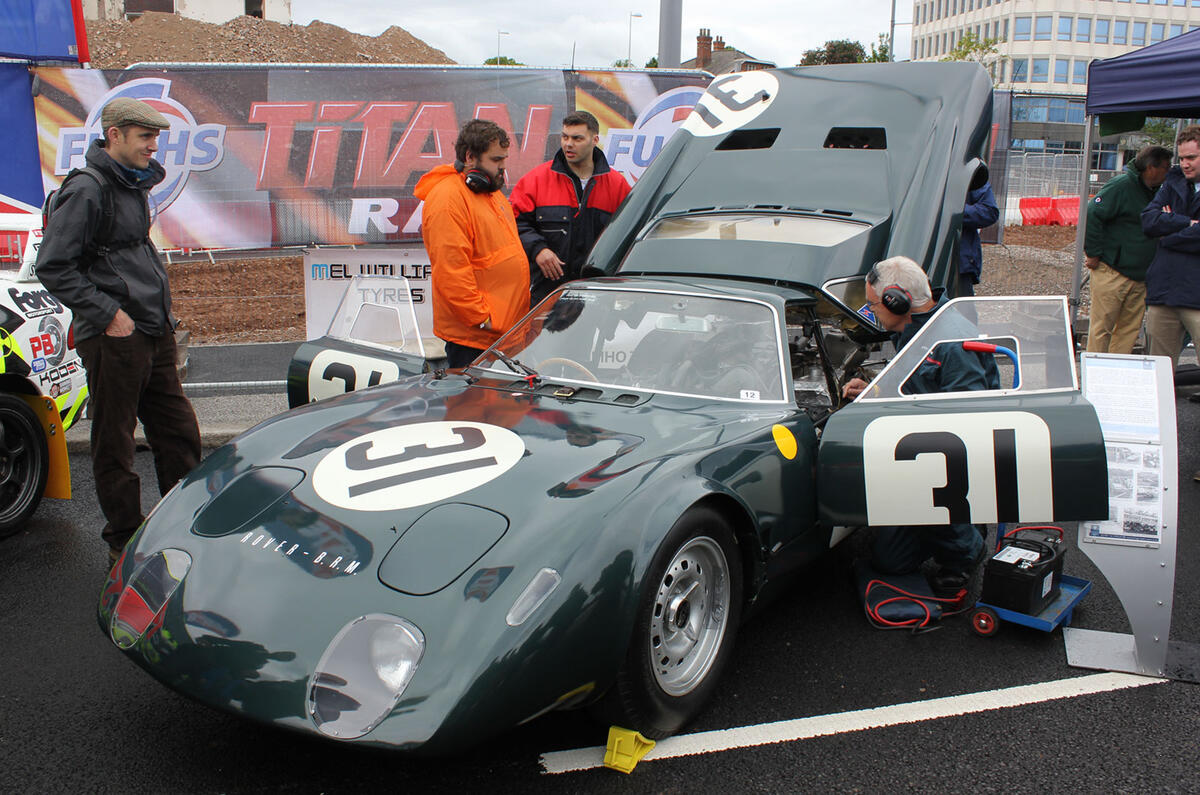

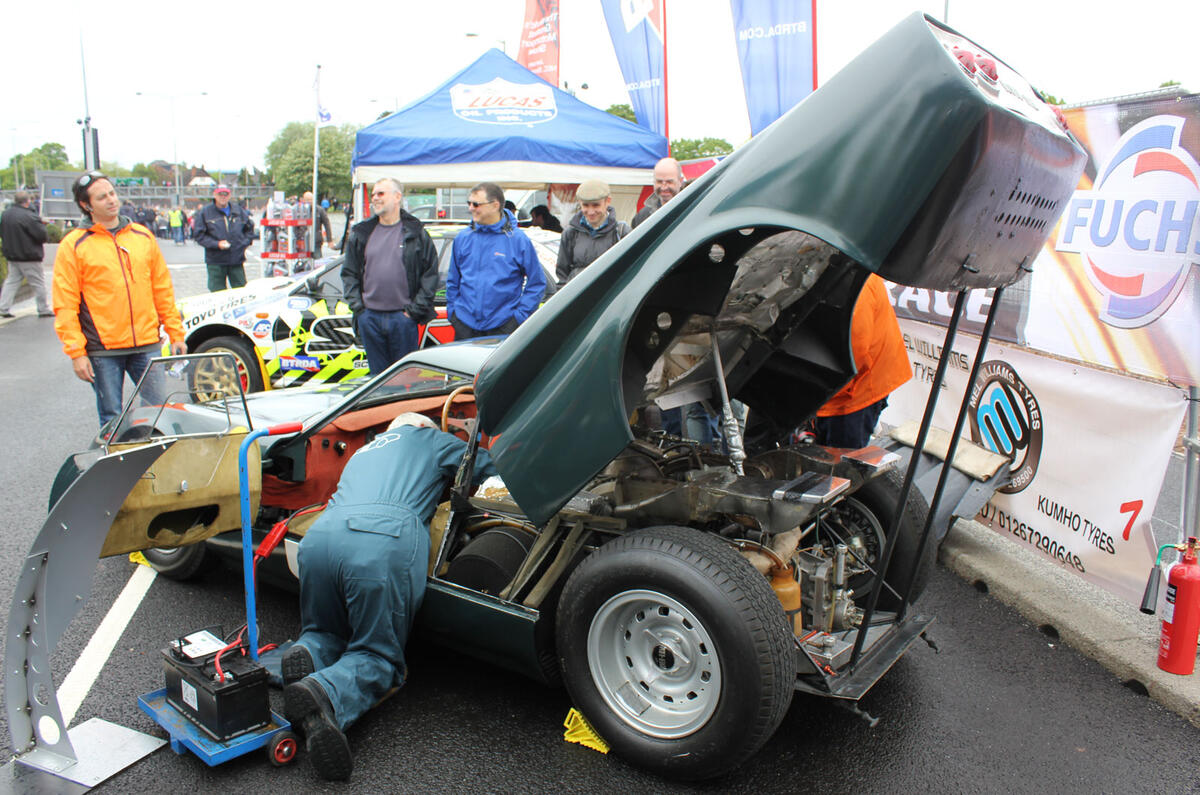
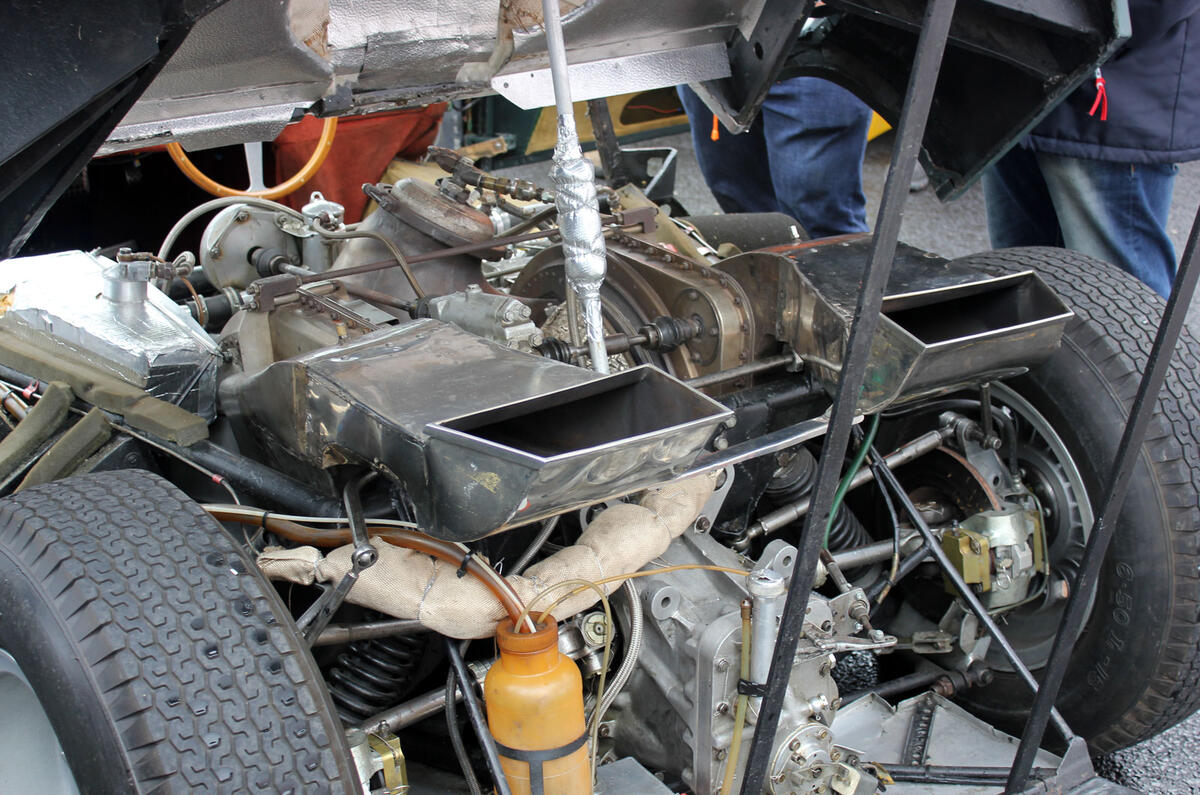
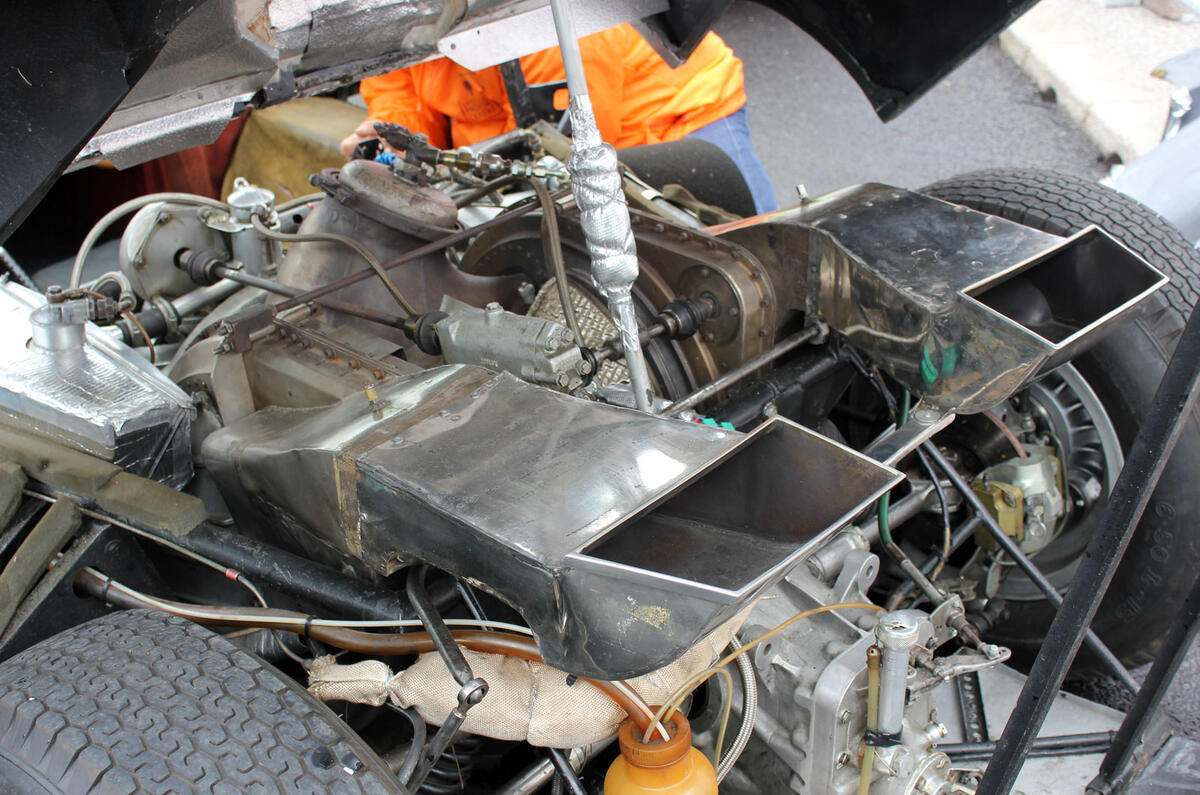
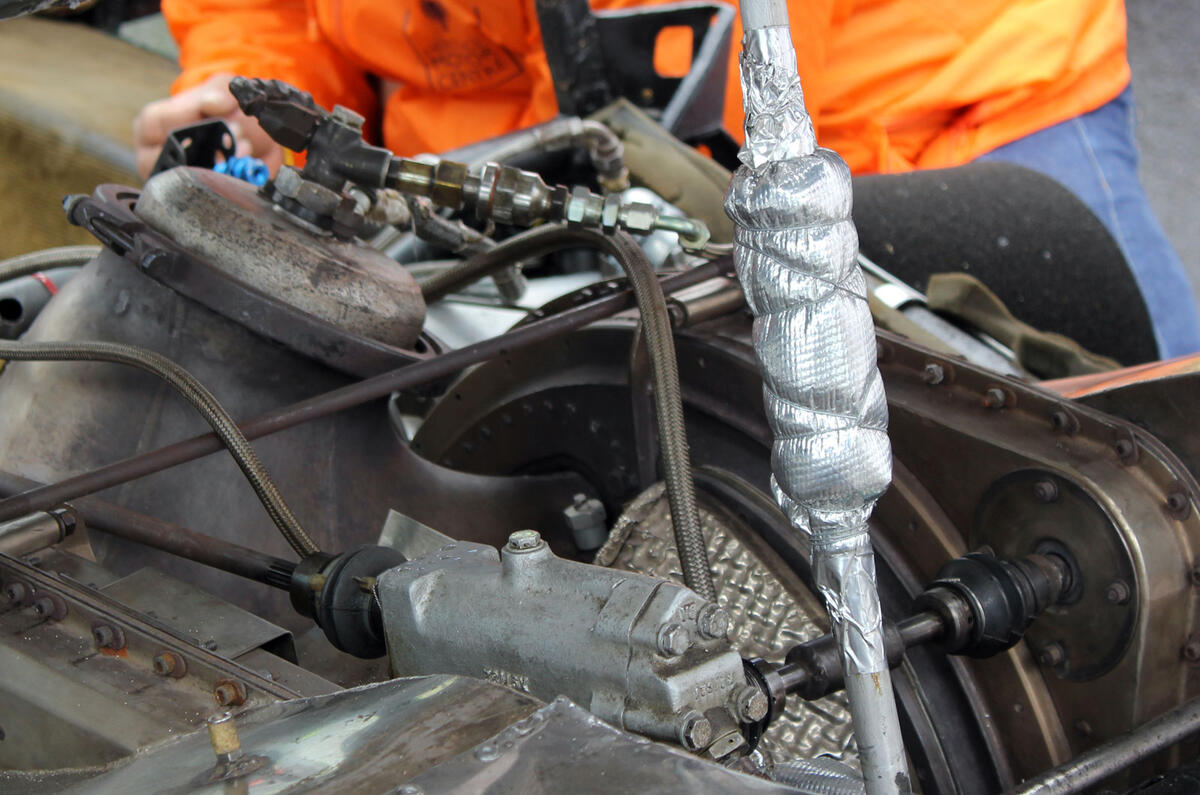
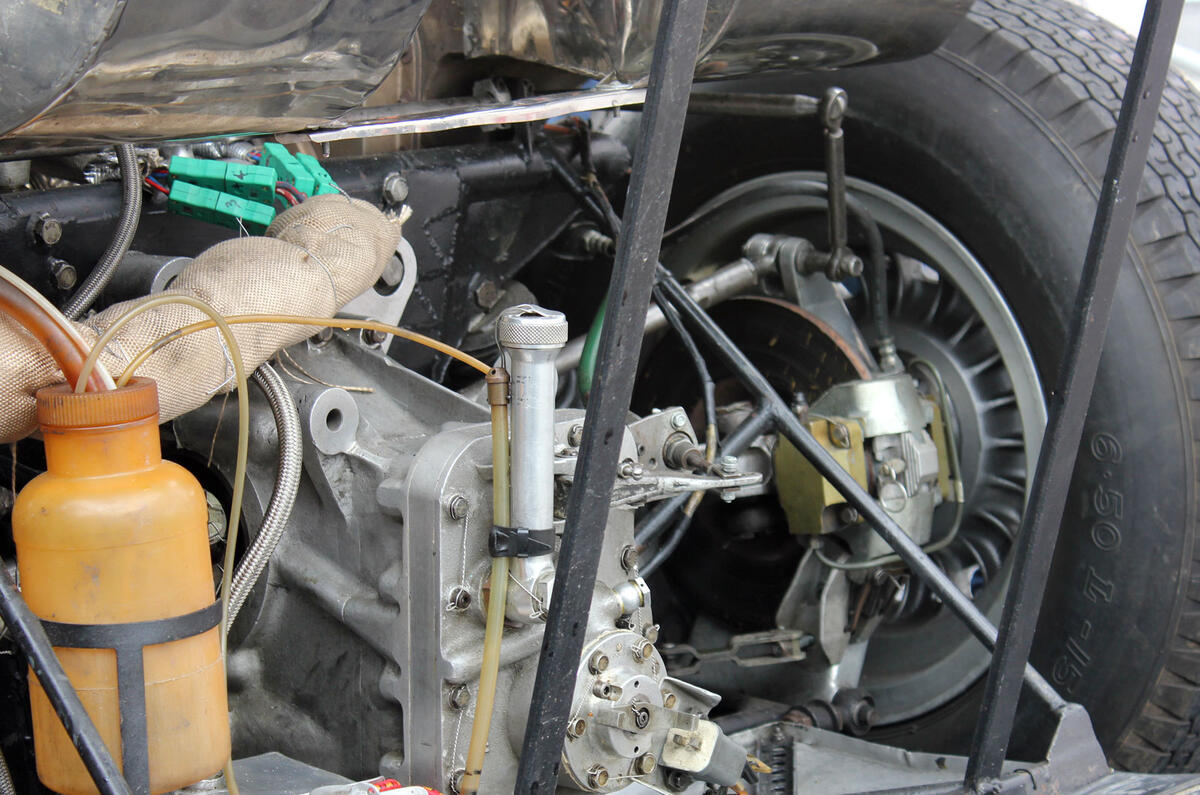
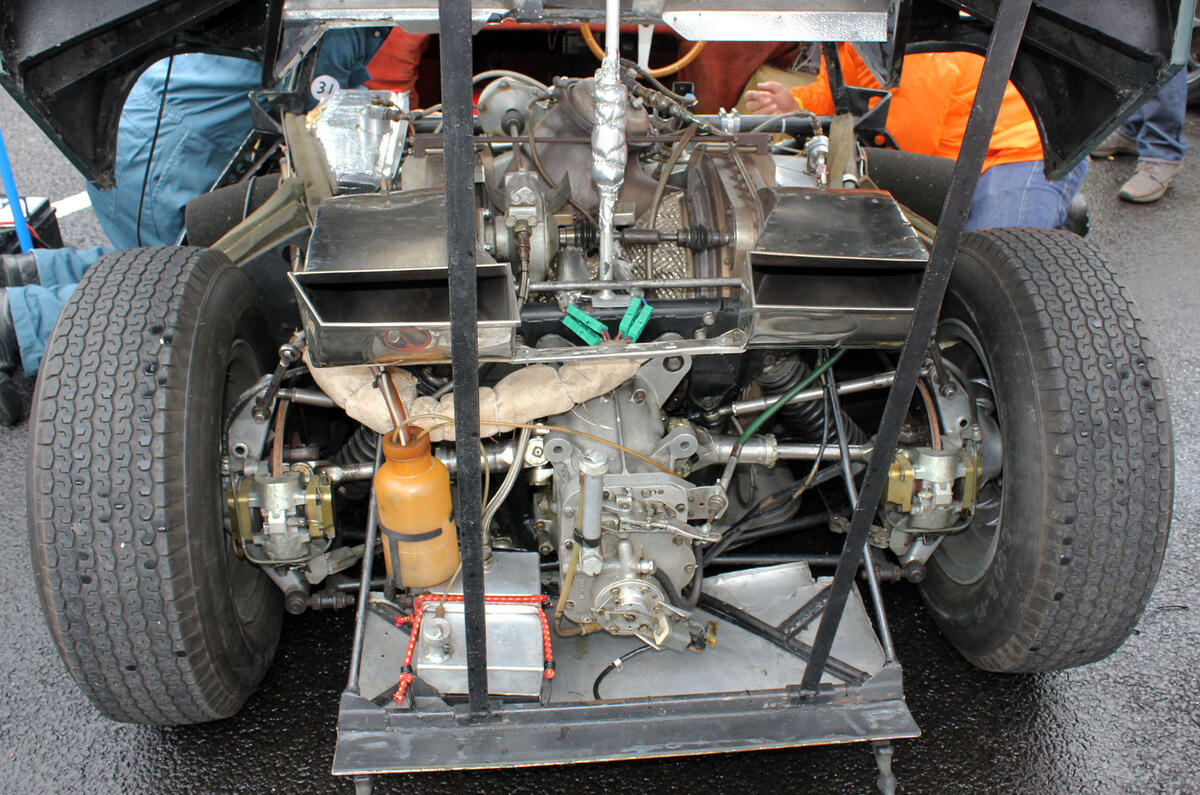
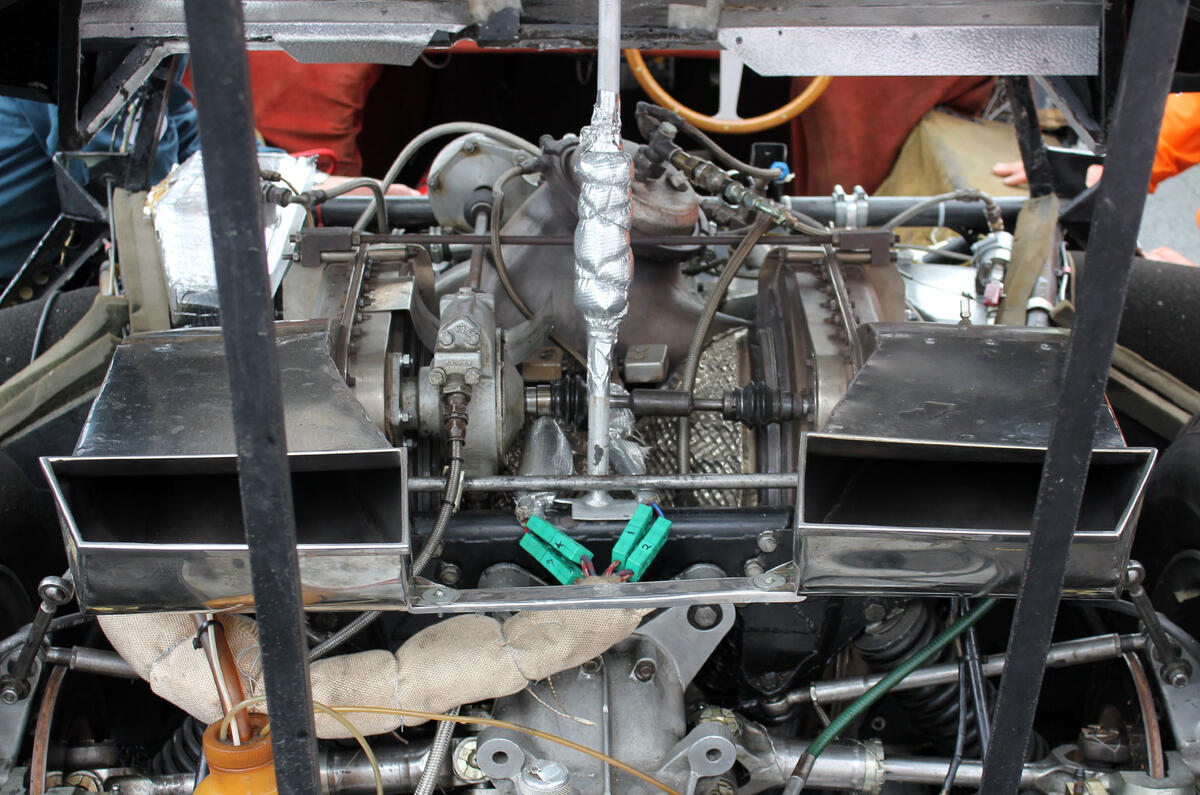
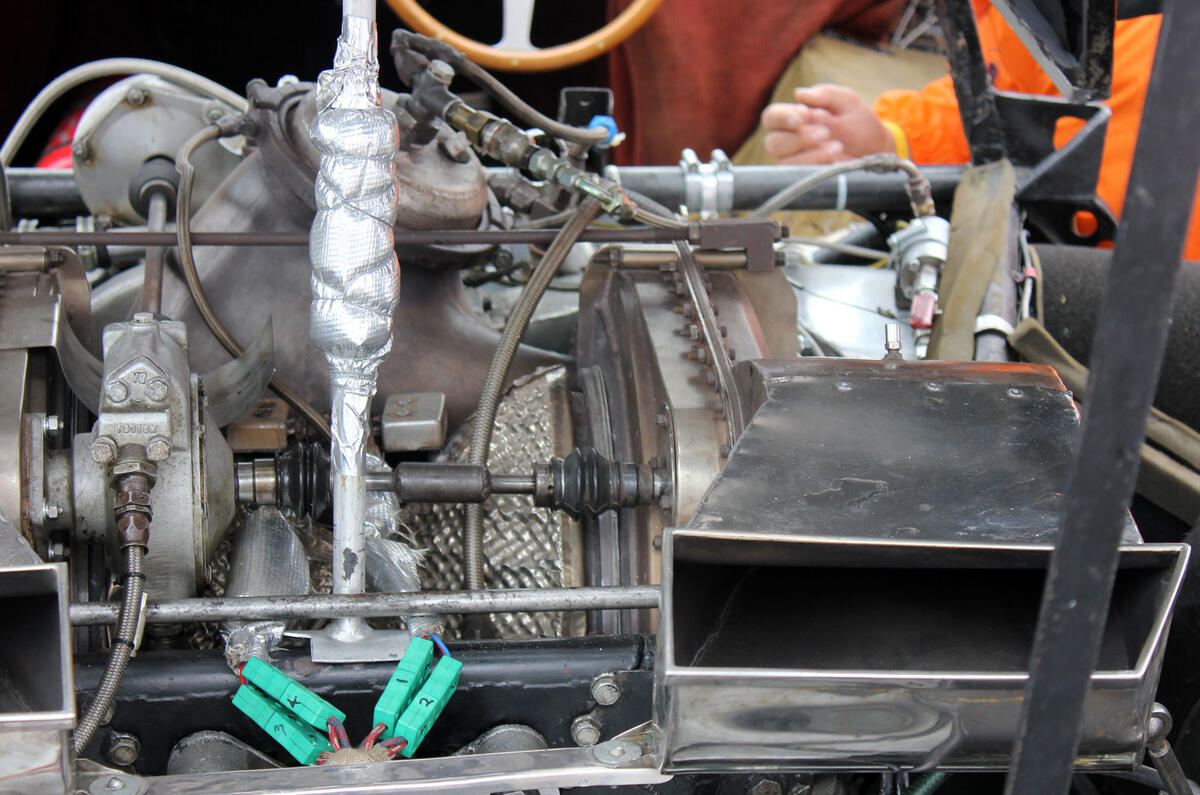
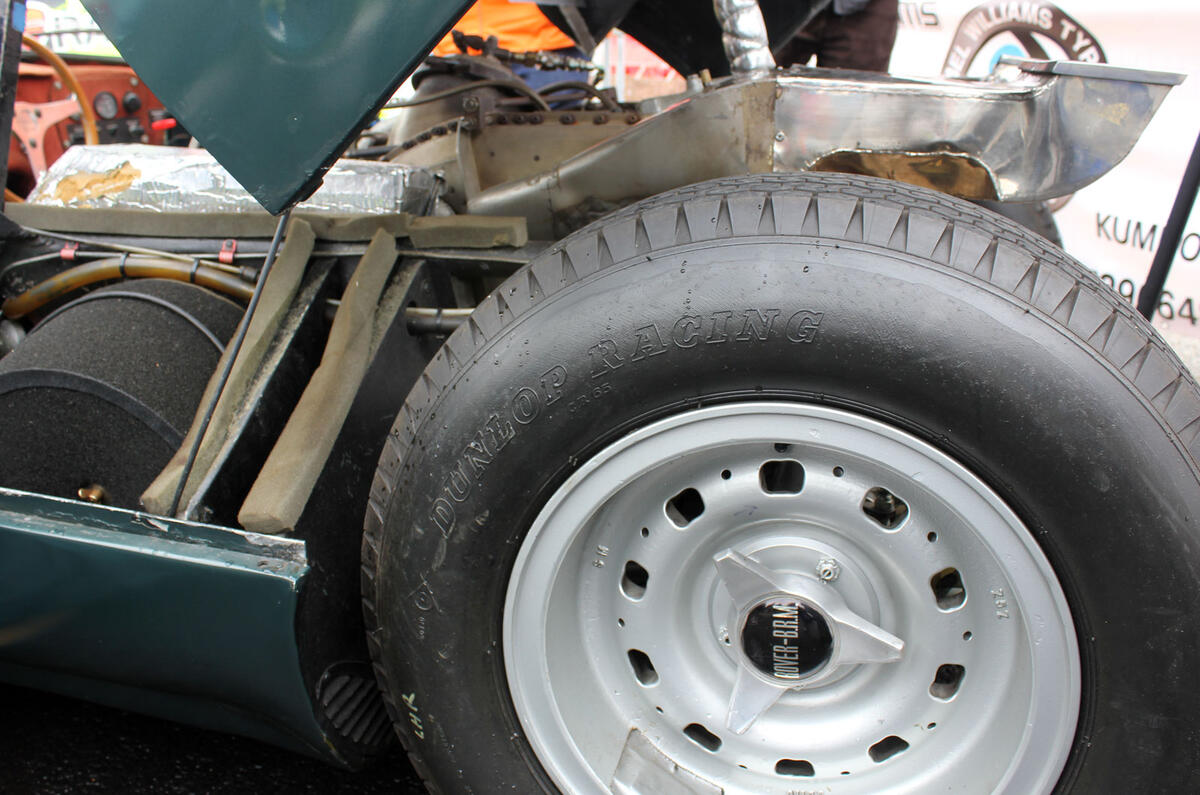
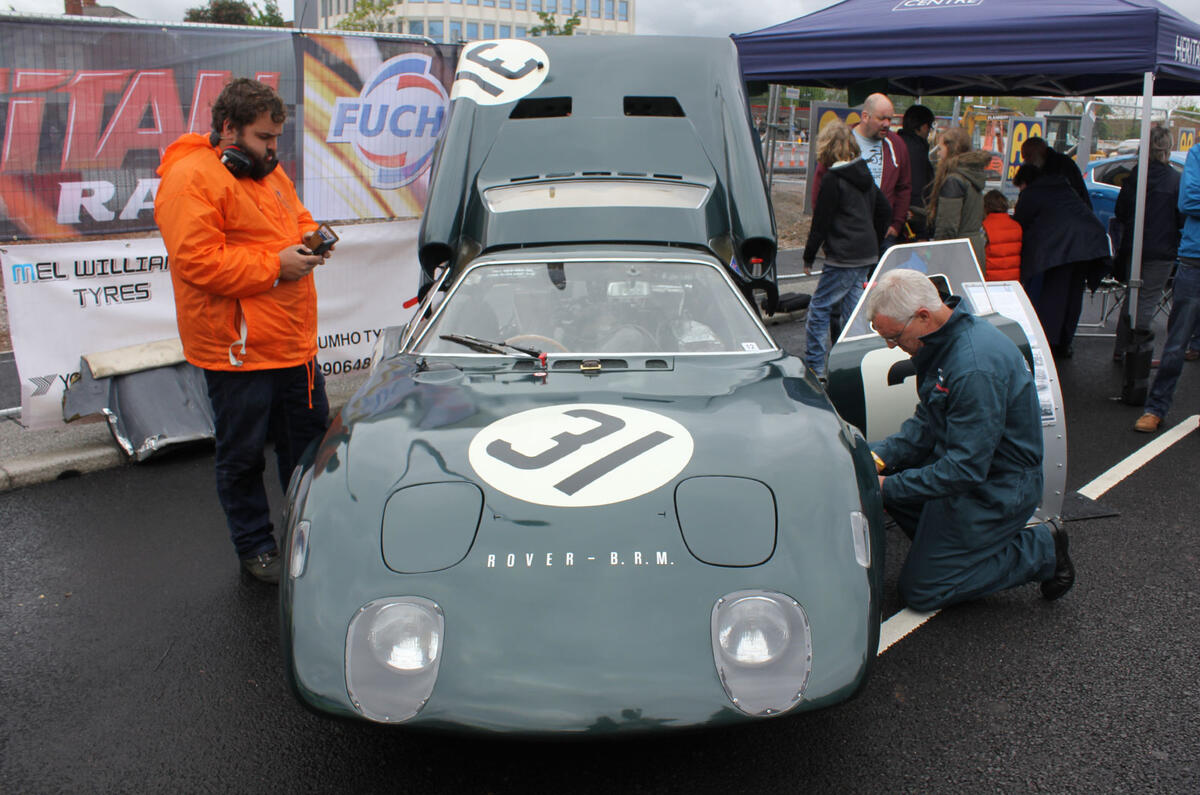
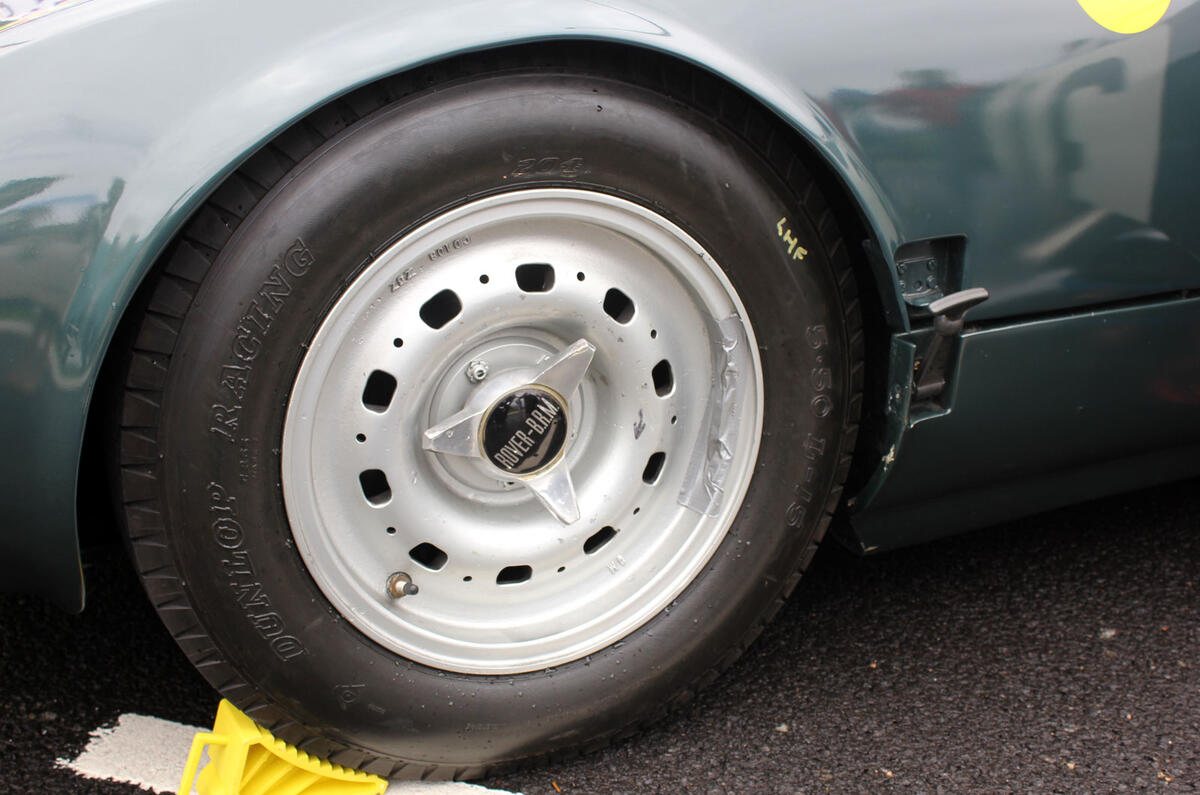
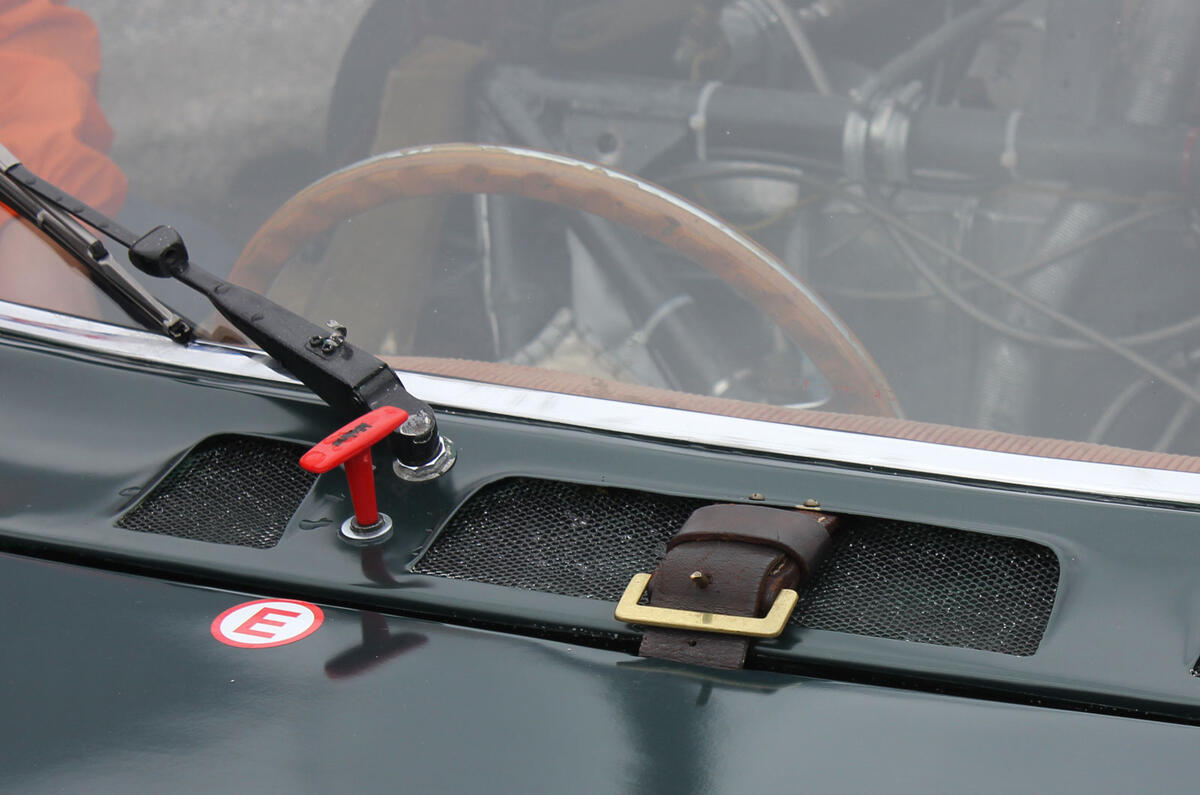
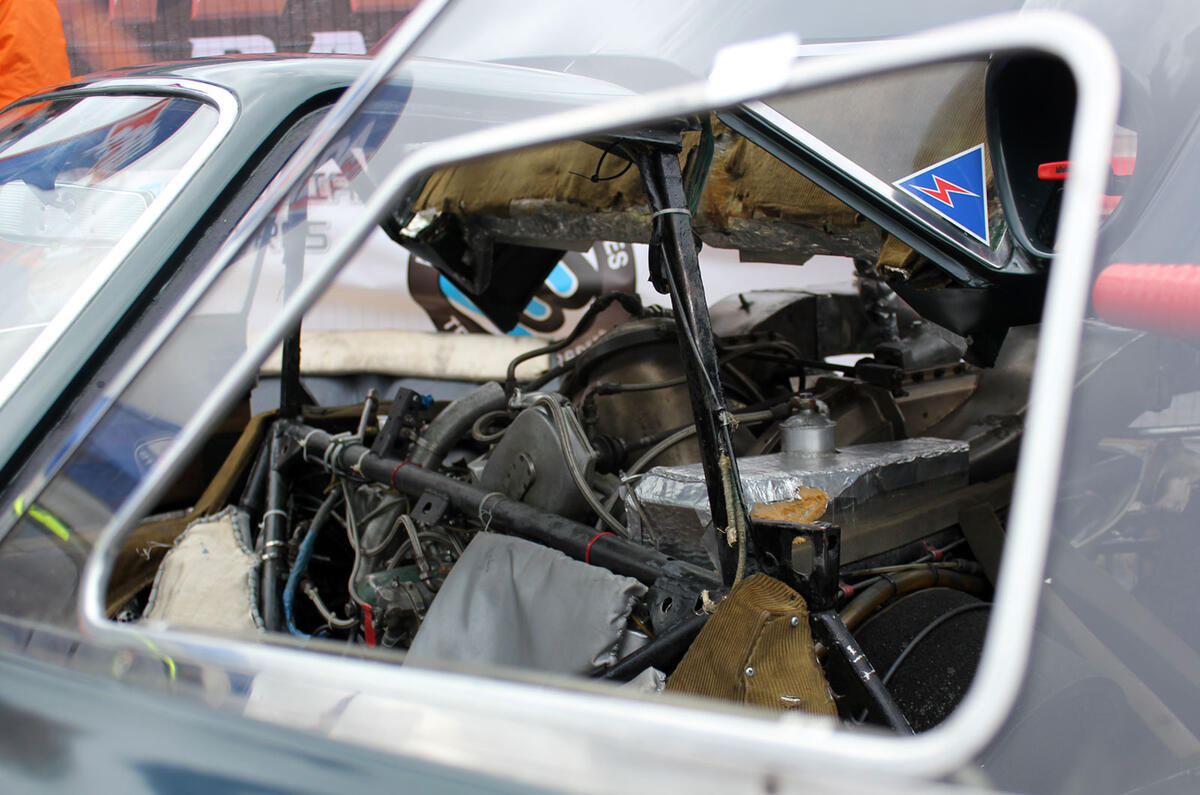
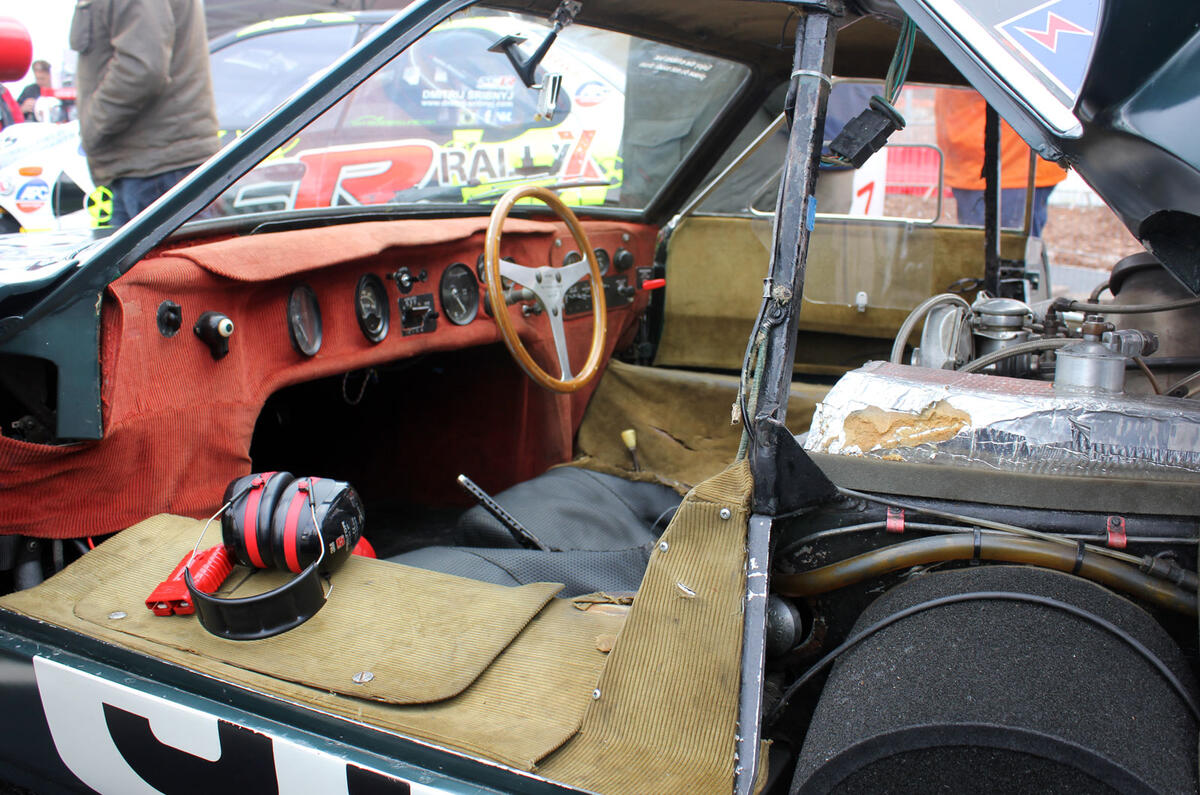
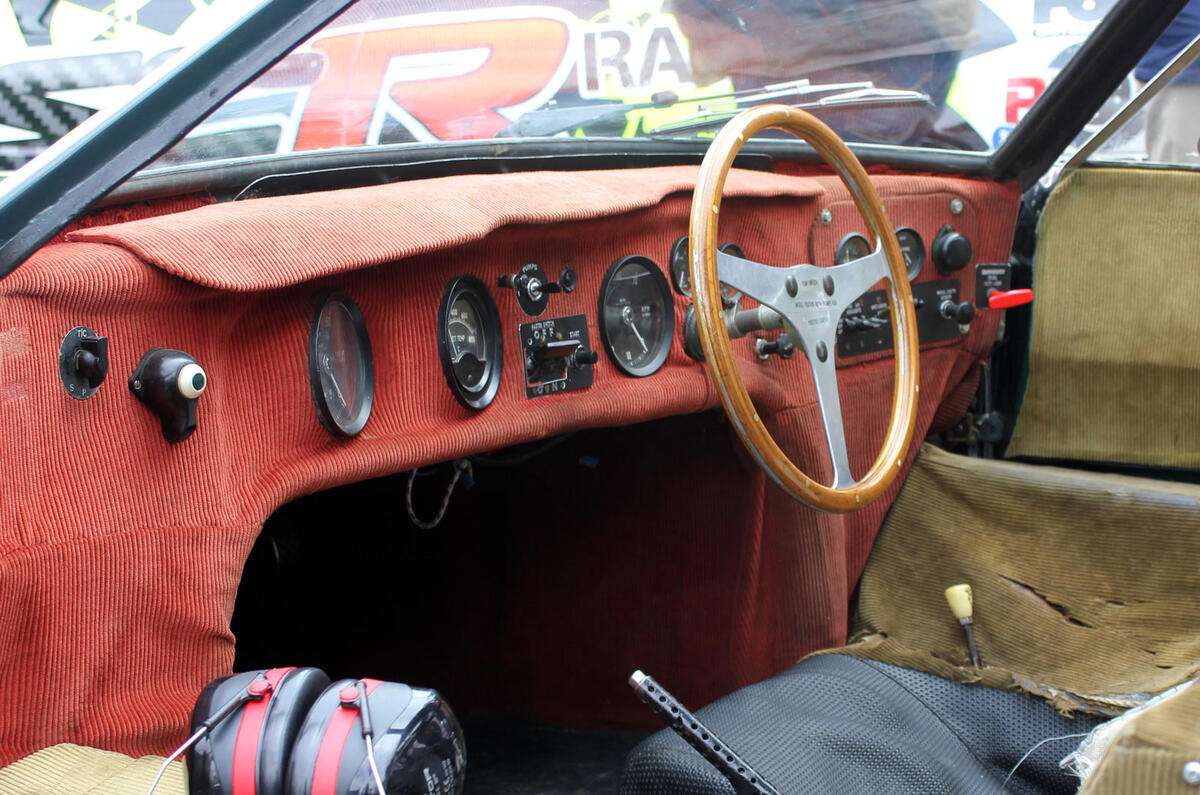
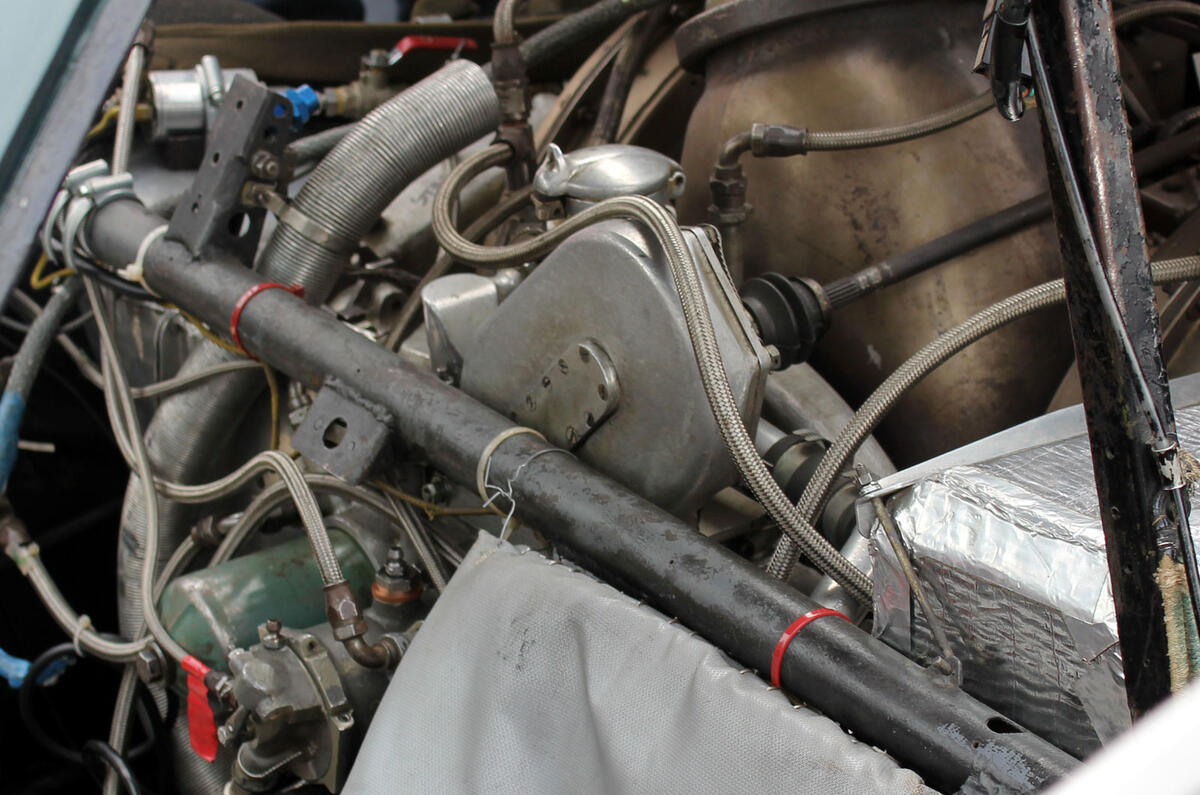
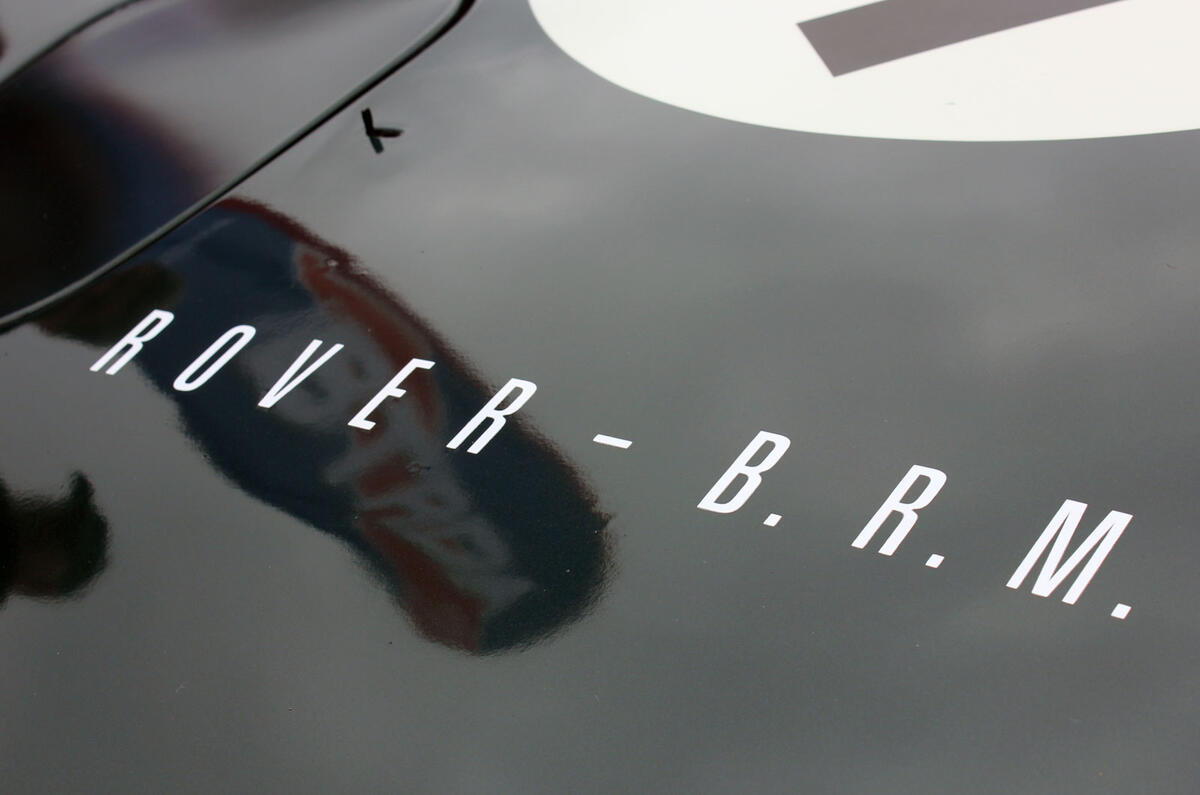
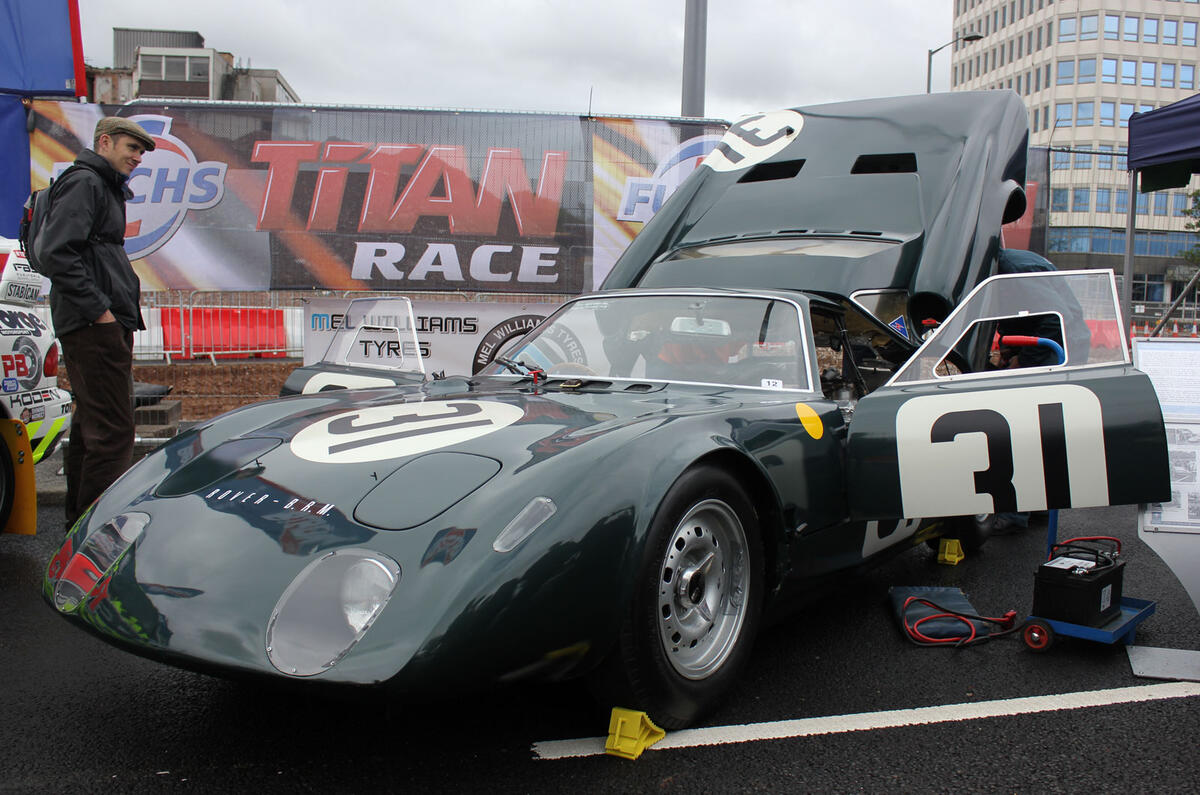
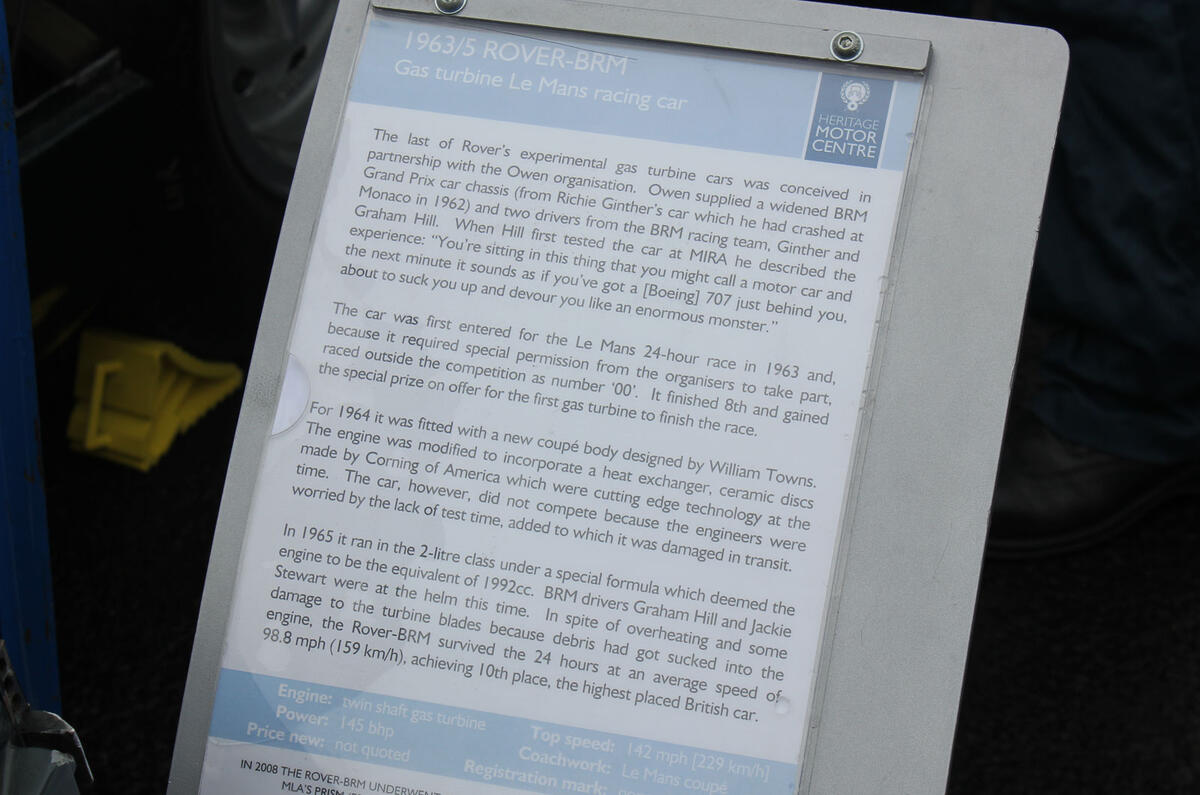
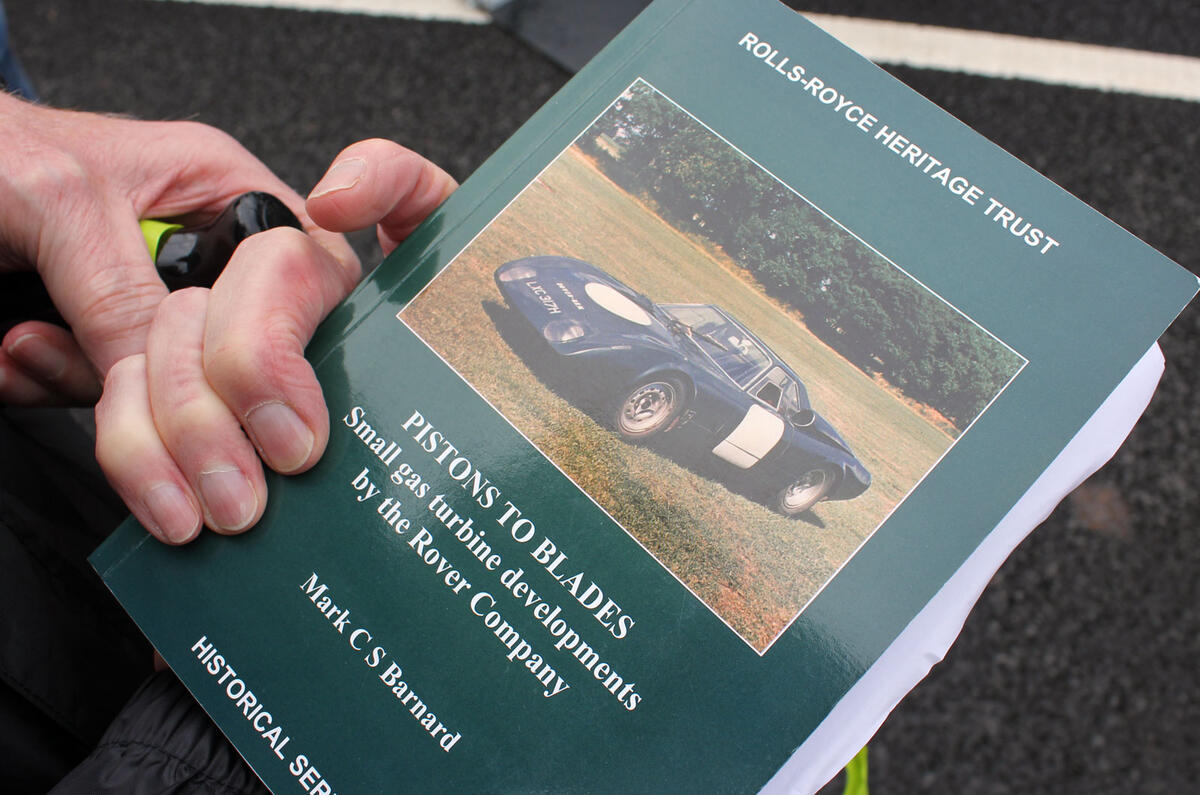
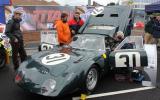

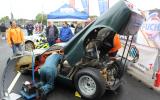
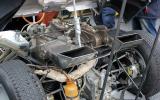
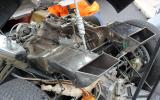
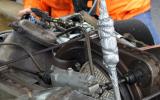
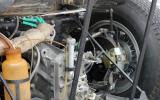
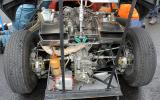

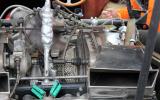
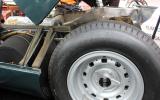
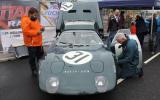
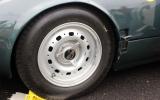
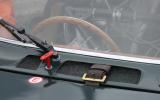
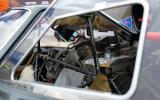
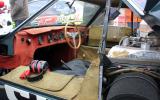
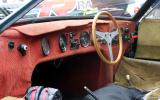
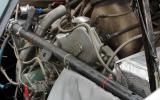
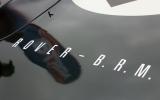
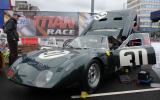

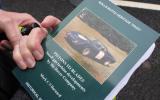


Join the debate
Add your comment
Rover BRM road test
Passenger
As I recall we were investigating the effect of aerodynamic lift, so had some potentiometers on the suspension to measure average ride height against speed on the track, using Penny & Giles trace recorders - all before the use of computers!
Rode in this car!
The noise it made attracted a lot of attention too, it sounded like a plane.
Great to hear it's running again.
RE: Passenger rides
Hello orienteer. Blimey! That must have been quite an experience. How did the car feel and perform on the road, outside of its sluggish throttle response? I imagine it must have been quite noisy inside?